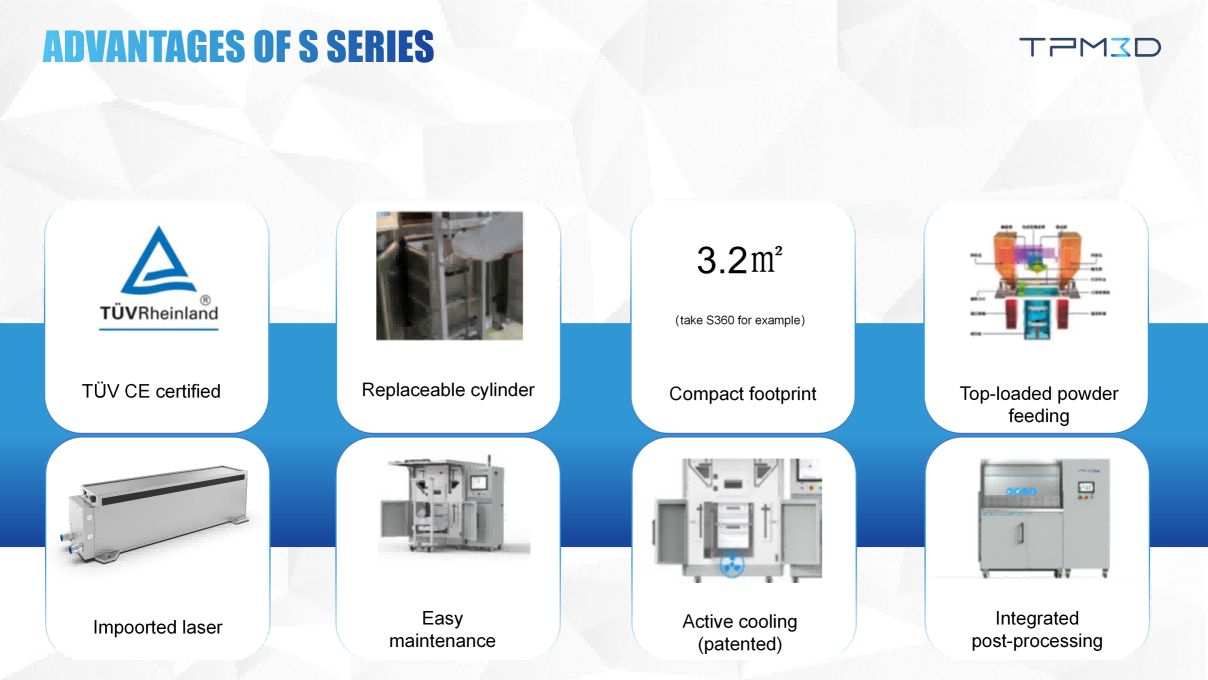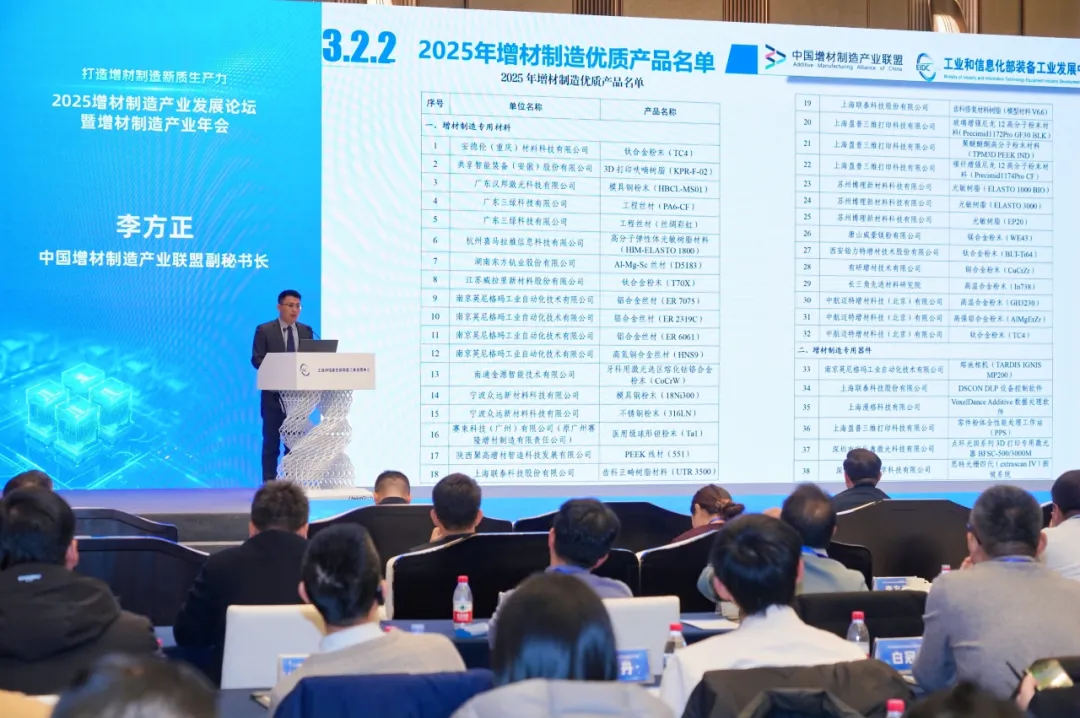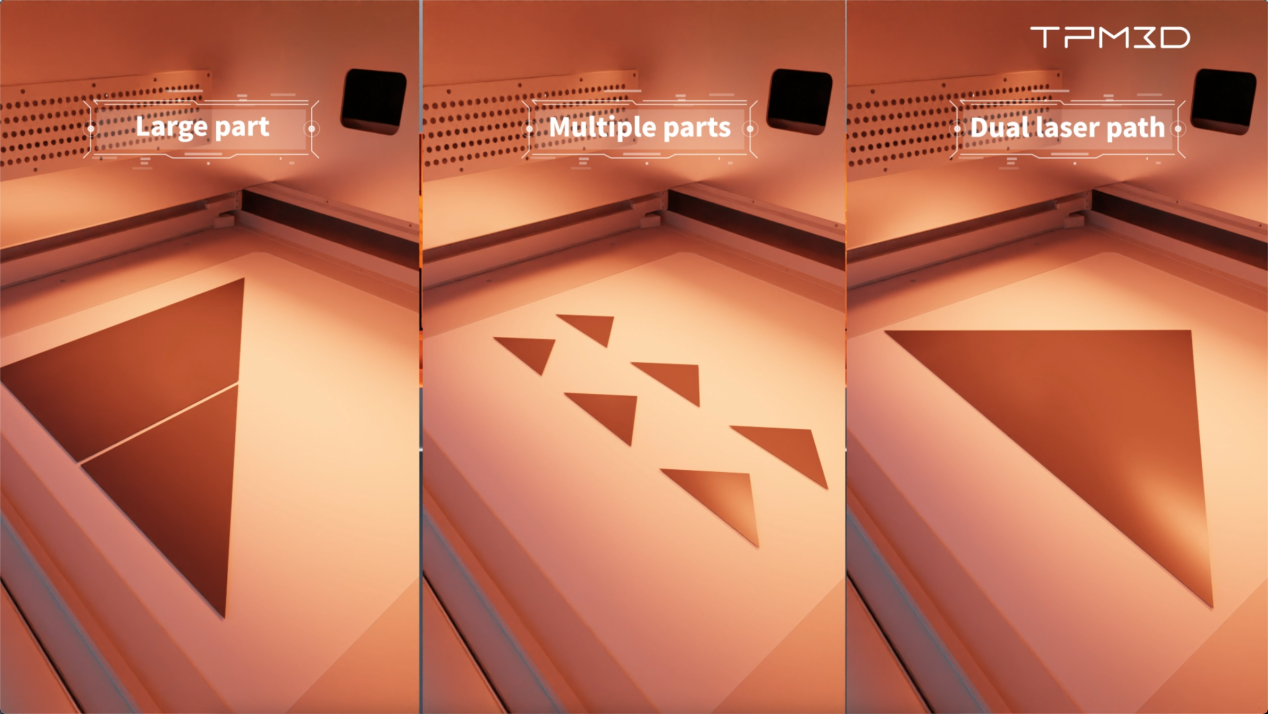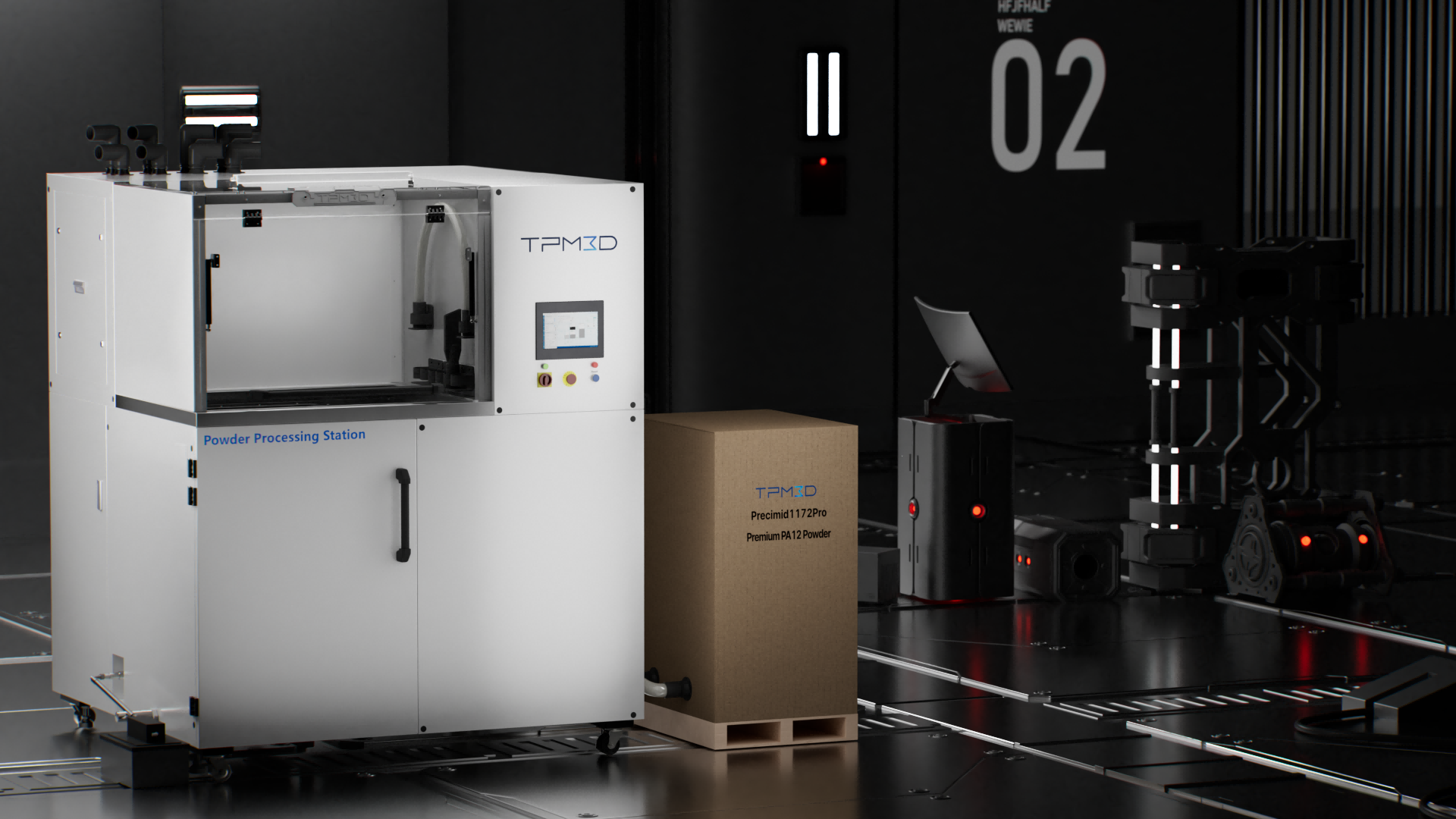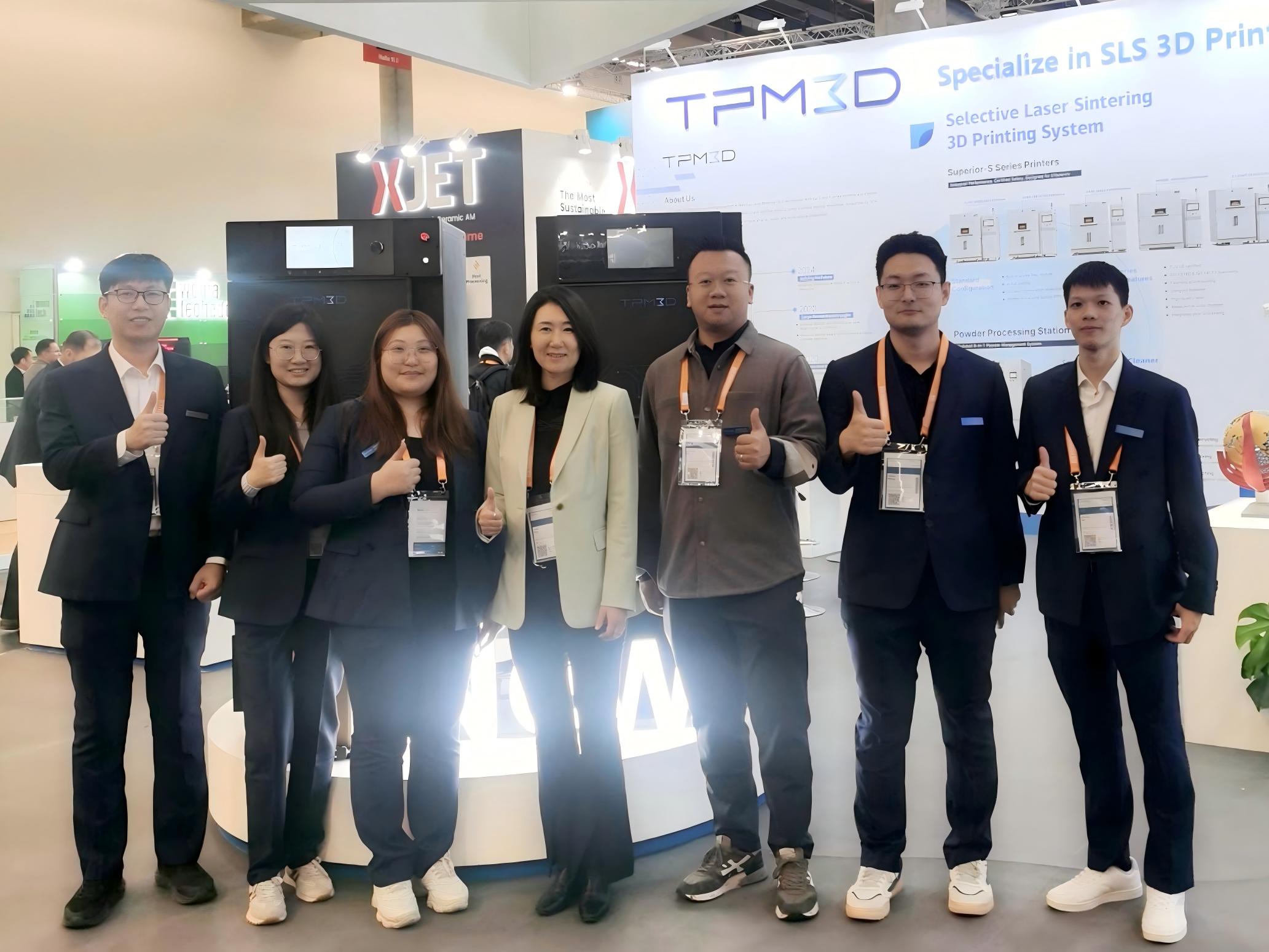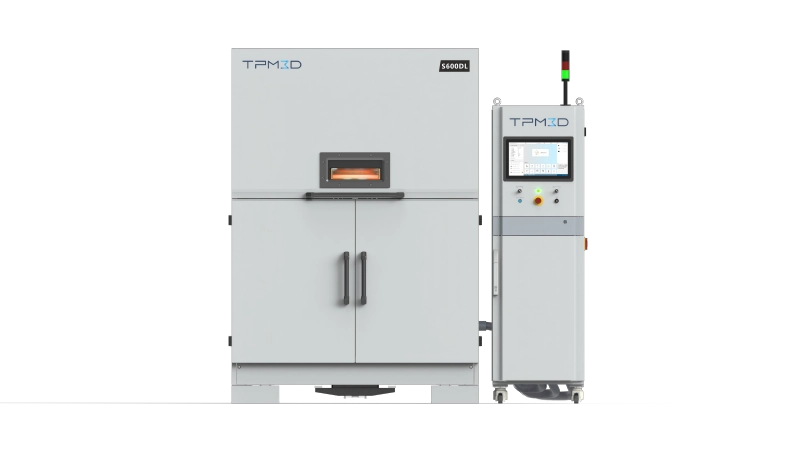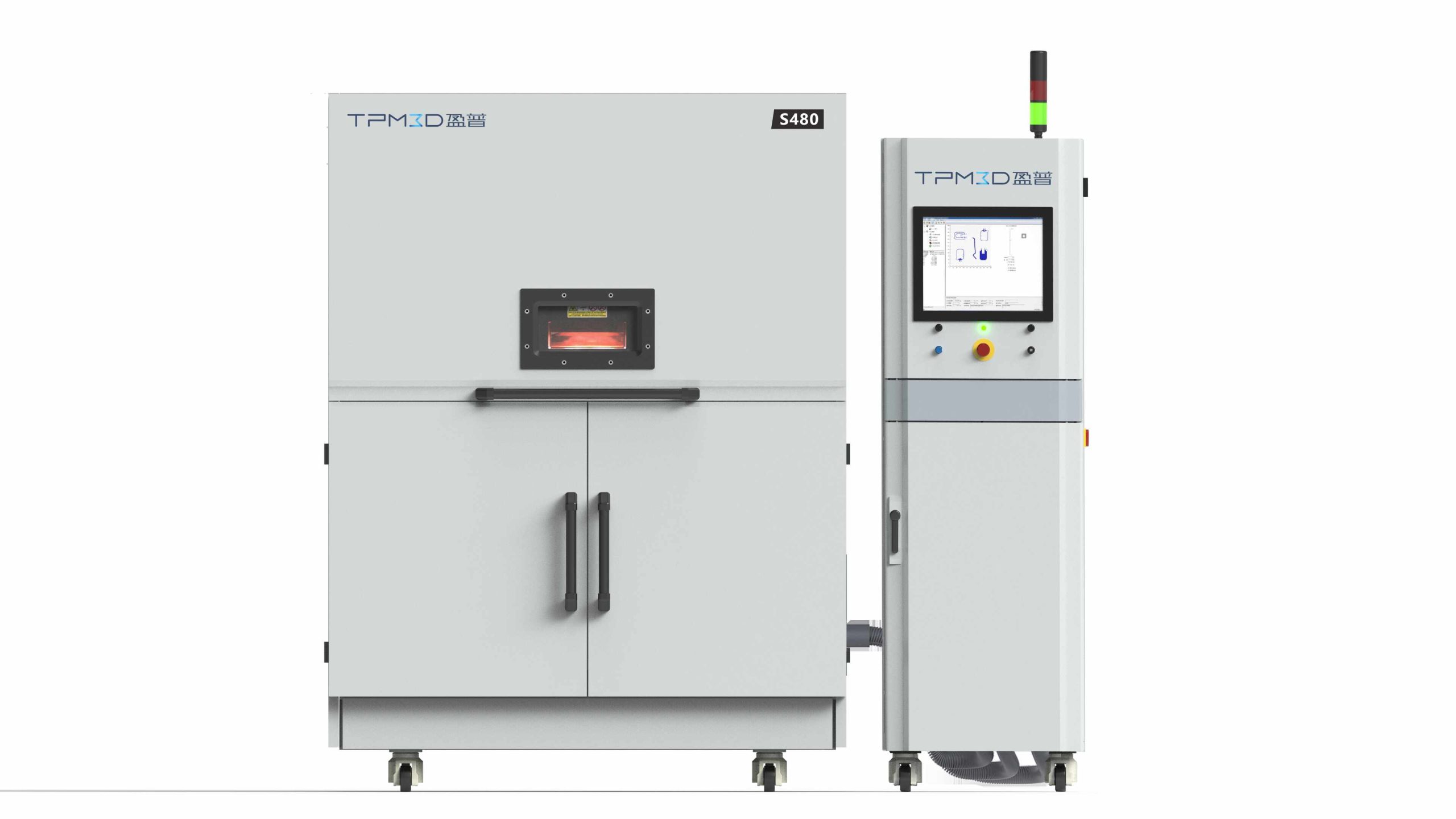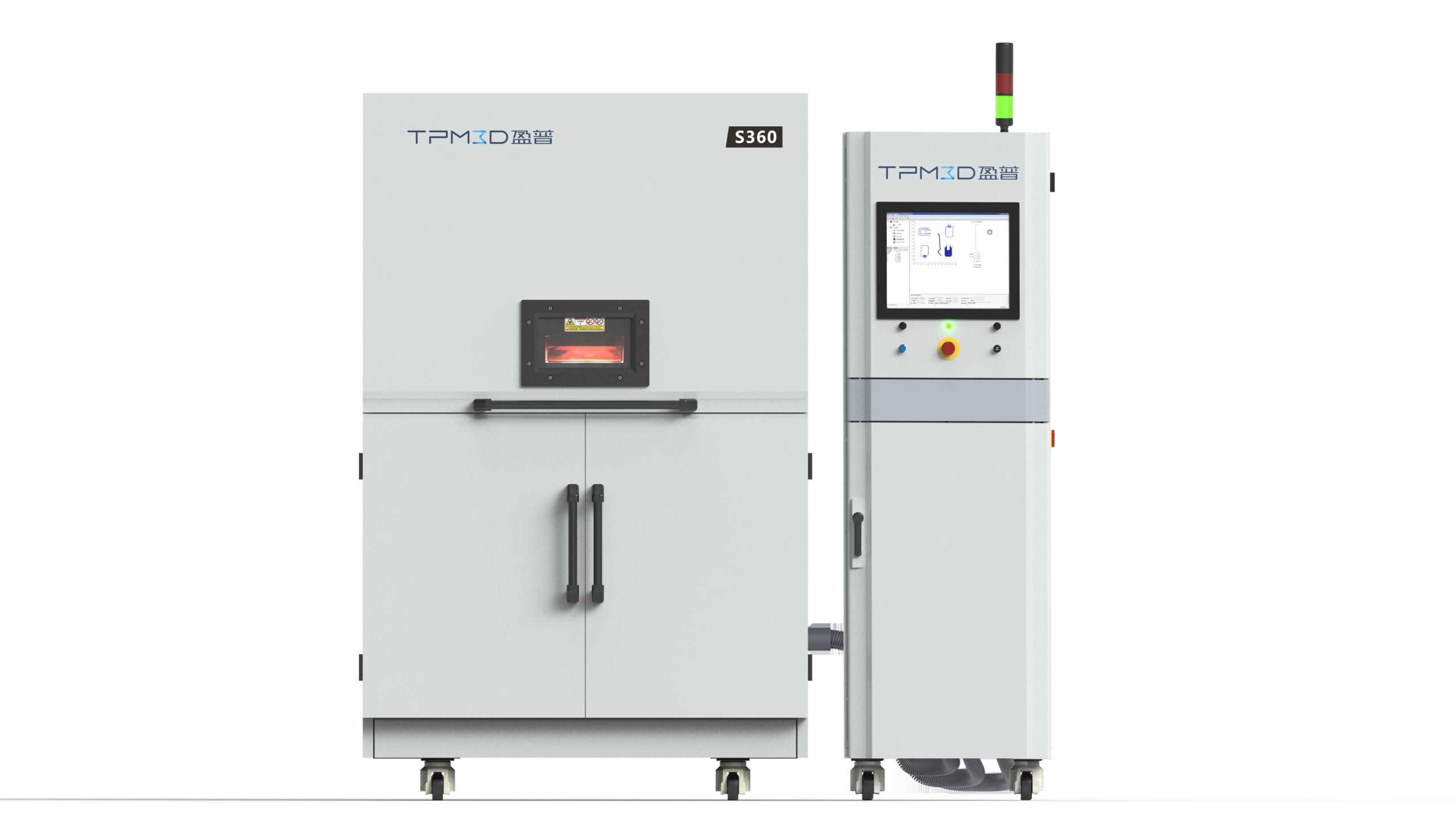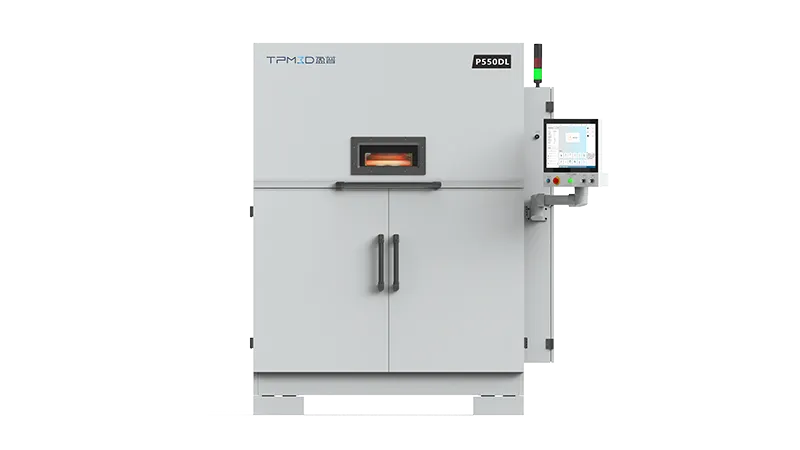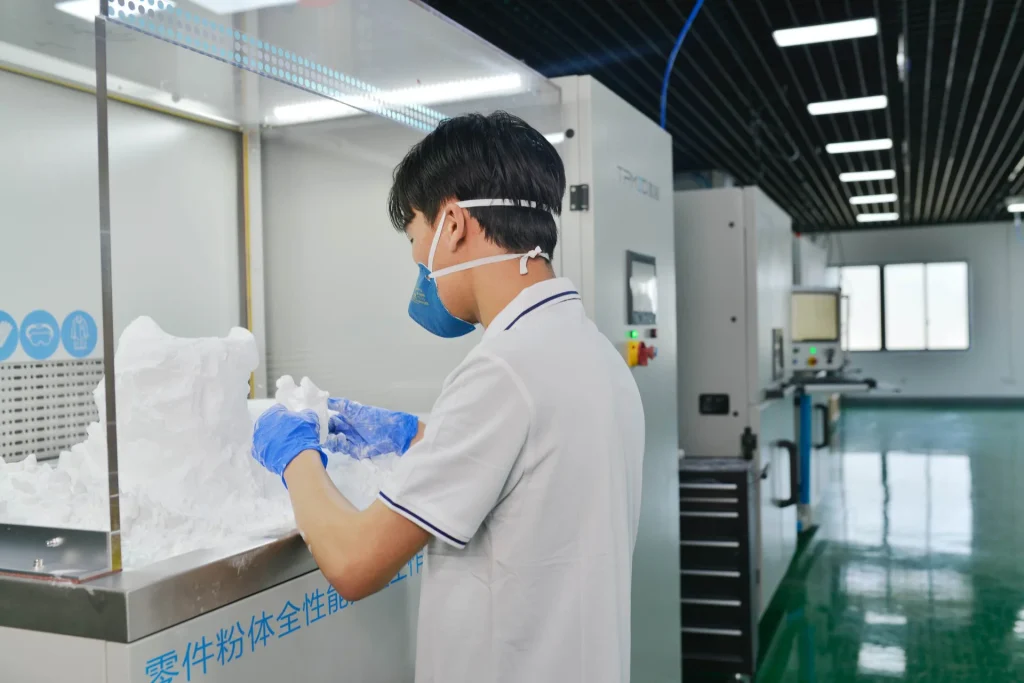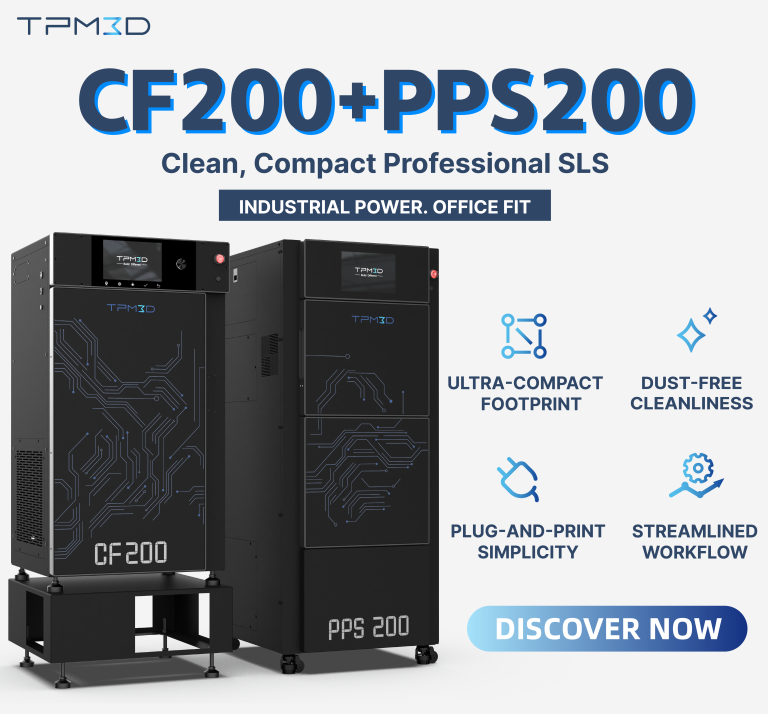As Industry 4.0 reshapes global manufacturing, companies face rising demands for efficiency, flexibility, and material performance. In this context, 3D printing, particularly Selective Laser Sintering (SLS), is increasingly used not only for prototyping but also for small-batch and end-use production.
TPM3D, a certified SLS 3D printing system manufacturer with TÜV CE compliance, leverages over two decades of industry expertise to address these needs. Known for its equipment stability, material innovation, and user-focused design, TPM3D helps prototype manufacturers achieve significant cost advantages—reducing printing costs by up to 50%.
So, how does TPM3D deliver such savings? The answer lies in what it calls the Five Efficiencies.
1. Equipment Efficiency – Compact Design, Lower Space Costs
With optimized layouts, TPM3D printers require just 2.6 m² of floor space—compared to 3.7 m² for similar systems. In regions where industrial space is expensive, this reduction translates directly into operating savings.
2. Powder Feeding Efficiency – Faster and Smarter
The dual-sided powder feeding system shortens spreading cycles, reduces nitrogen and electricity consumption, and stabilizes powder quality by lowering oxidation at high temperatures. This improves both speed and consistency while reducing waste.
3. Scanning Efficiency – Higher Speed, Reduced Downtime
Equipped with CO₂ lasers, TPM3D printers achieve scanning speeds of up to 25 m/s. A built-in constant-temperature chamber with single-point detection improves heating speed, while active cooling technology cuts cooling time by as much as five hours. This means faster turnarounds and more efficient production cycles.
4. Material Efficiency – High Reuse Rates, Lower Costs
TPM3D has developed advanced materials with reuse rates up to 95%, requiring as little as 20% new powder. Options include nylon 6, nylon 11, nylon 12, reinforced hybrid materials, and in-house TPU and PEEK powders. These materials extend application possibilities while lowering overall production costs.
5. Power Efficiency – Energy Savings at Scale
With a consumption rate of just 8 kW per hour—nearly 50% less than comparable 15 kW systems—TPM3D equipment offers long-term savings. At 12 operating hours per day, this equates to more than 30,000 yuan in annual electricity savings.
Cost Advantage in Practice
Take TPM3D’s S360 printer as an example: with a 350 x 350 x 590 mm build volume, 33.6 kg of powder per full build, and just 20% new powder usage, the printing cost per millimeter is 5.4 yuan—compared with 8.16 yuan for competing systems. That’s a clear 50% material cost advantage.
In the era of Industry 4.0, efficiency, flexibility, and sustainability are key. TPM3D’s Five Efficiencies—spanning space, powder, scanning, materials, and power—enable prototype manufacturers to significantly lower costs while keeping pace with the demands of smart manufacturing.

